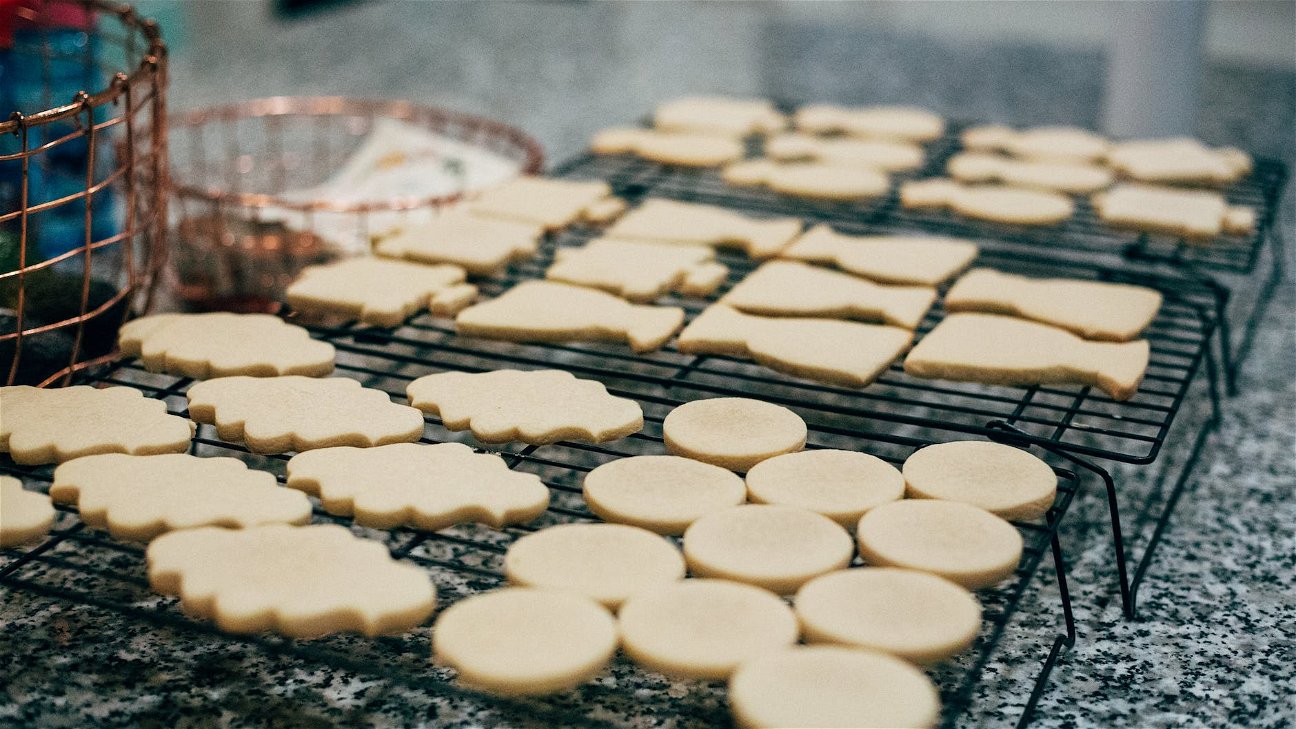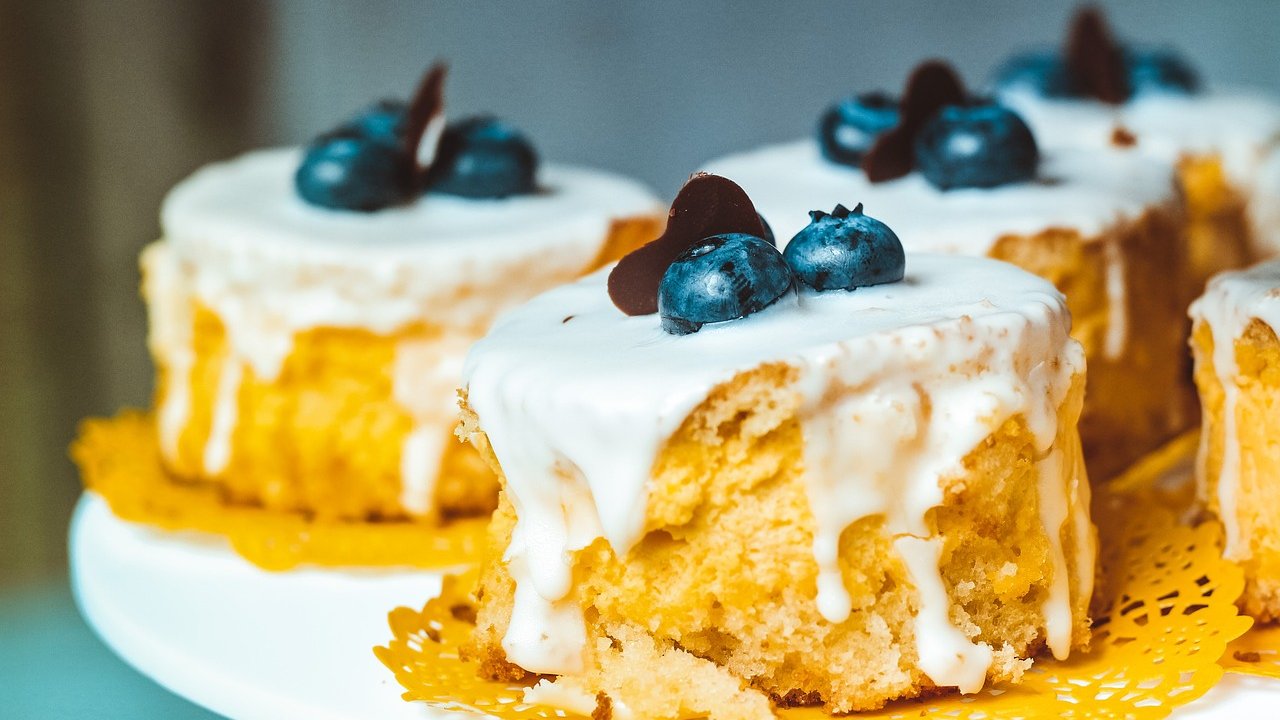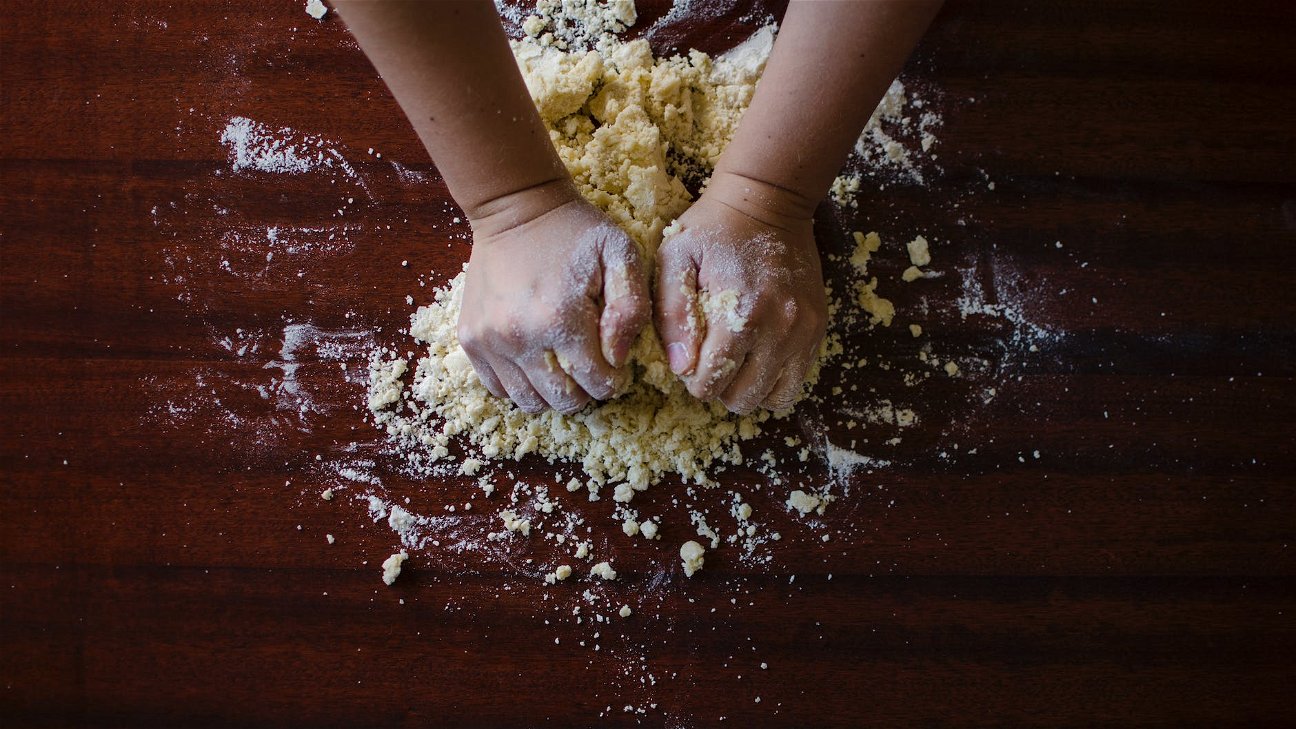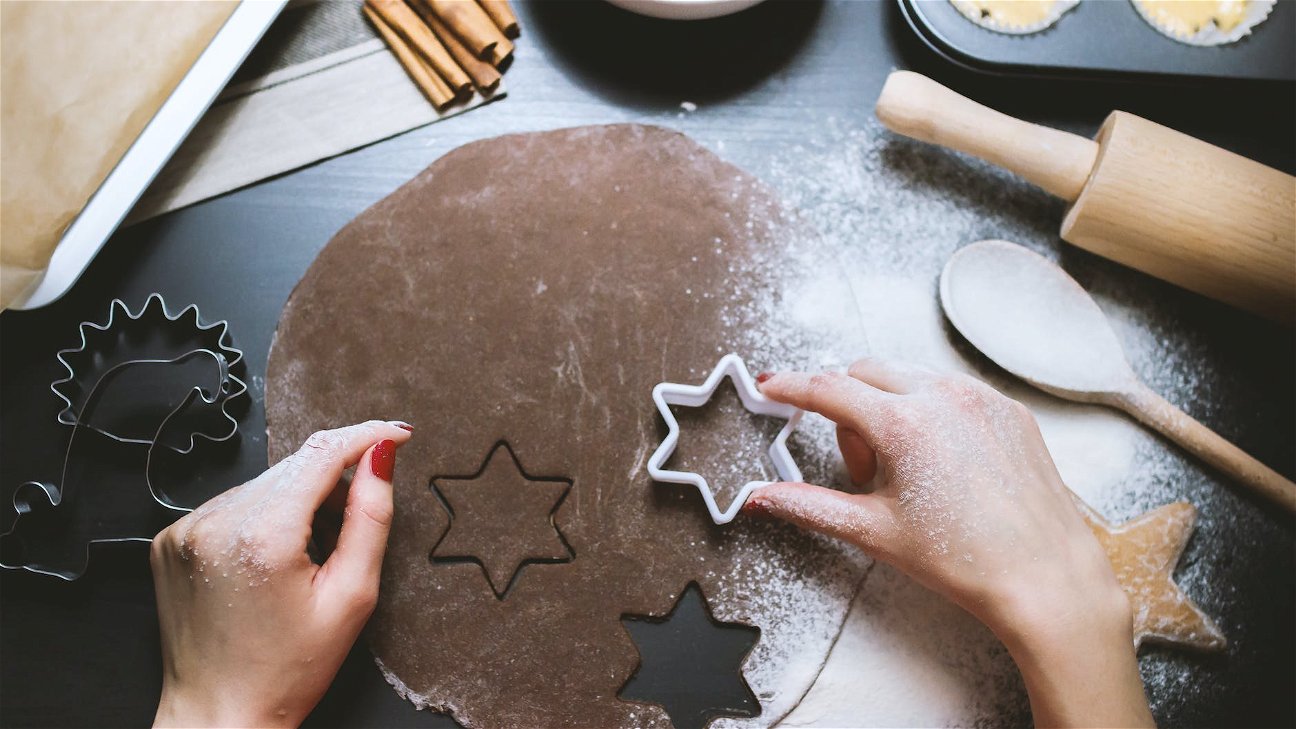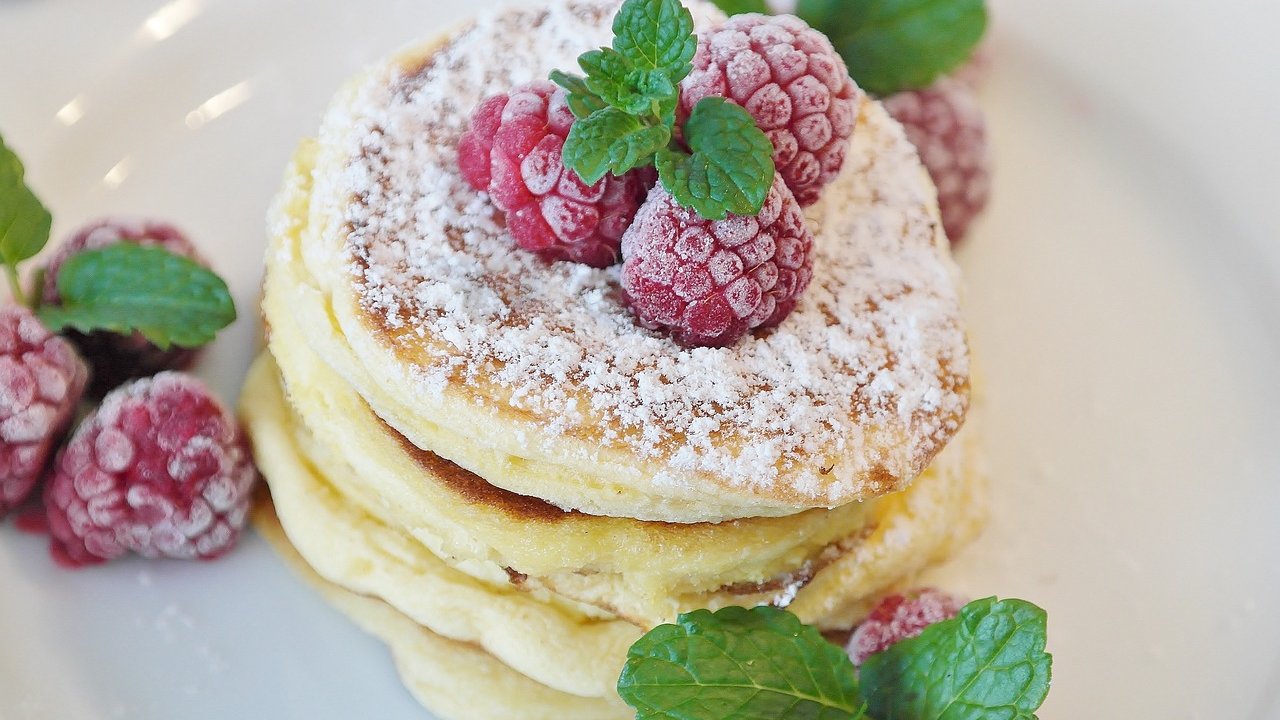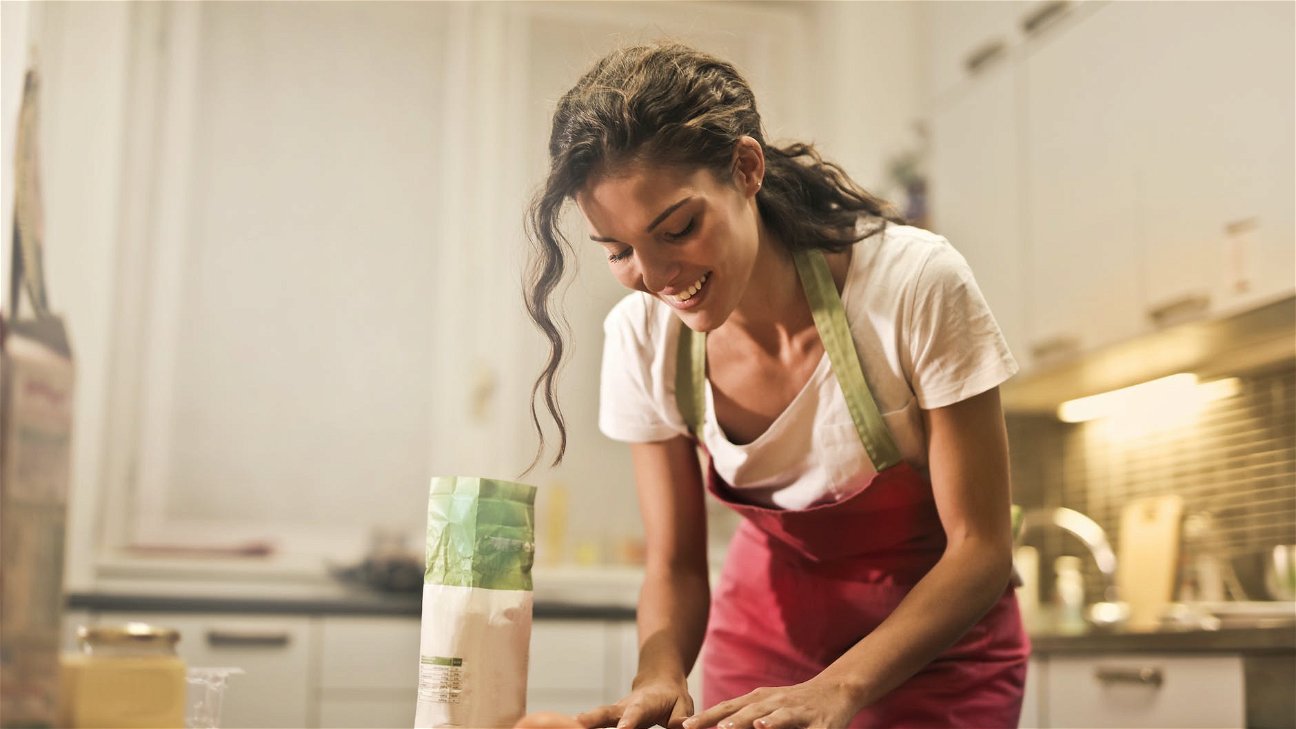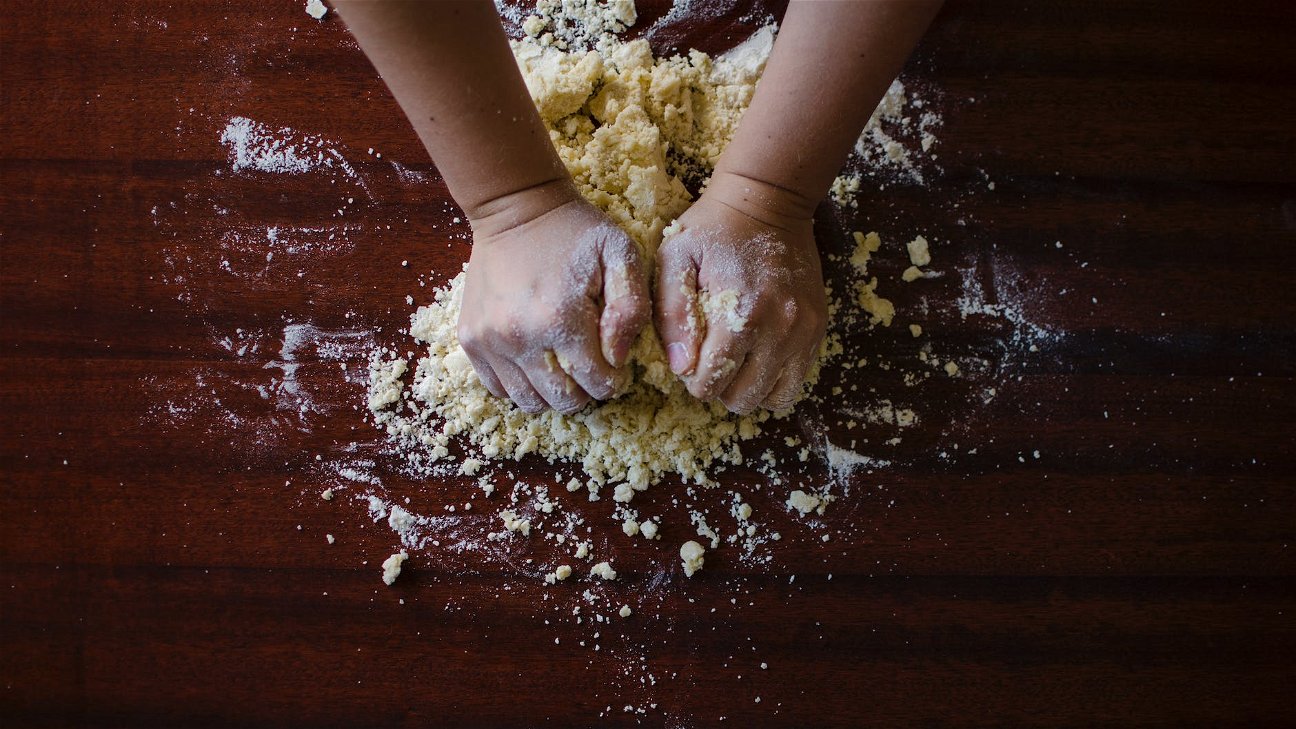
Ever wonder why your cakes rise in the oven or why your cookies brown? All these transformations, which turn raw ingredients into delicious baked goods, are the results of various chemical reactions that occur during the baking process. Let's venture into the fascinating world of baking chemistry and unravel the science behind every ingredient and technique.
The Role of Ingredients in Baking
Each ingredient in a baking recipe has a specific role and interacts with other ingredients in unique ways to contribute to the final baked product. Here's a breakdown:
- Flour: Acts as the structure of baked goods. The proteins in flour, when mixed with liquids, form gluten which provides elasticity and strength.
- Sugar: Apart from sweetening, sugar also aids in browning and moisture retention.
- Fat (Butter/Oil): Gives baked goods their texture and richness. It can tenderize by inhibiting gluten formation.
- Eggs: Serve multiple purposes. They provide structure, leavening, and flavor, and also emulsify fat and liquids.
- Leavening agents (Baking Soda/Powder): Are responsible for the rise in baked goods by producing gas bubbles.
- Liquid (Water/Milk): Hydrates the dry ingredients, activates gluten, and helps incorporate air and steam for leavening.
Key Chemical Reactions in Baking
A variety of chemical reactions take place when you're baking. Here are some of the most important ones:
- Protein Coagulation: As heat is applied, the proteins in eggs and flour set, giving structure to the baked goods.
- Starch Gelatinization: Starches in the flour absorb water and swell, then set as they cool, helping to hold the product’s shape.
- Leavening: This involves the production of gases (carbon dioxide, water vapor, and air) which cause baked goods to rise. This can be through yeast fermentation or the reaction of baking soda or baking powder with an acid.
- Maillard Reaction: This is a heat-induced reaction between sugar and proteins that results in browning and creates complex flavors and aromas.
- Caramelization: When sugar is heated, it breaks down and forms new compounds, leading to a change in color and the development of a sweet, nutty flavor.
Understanding the chemistry of baking can help you become a better baker by allowing you to make adjustments and understand why certain techniques work.
